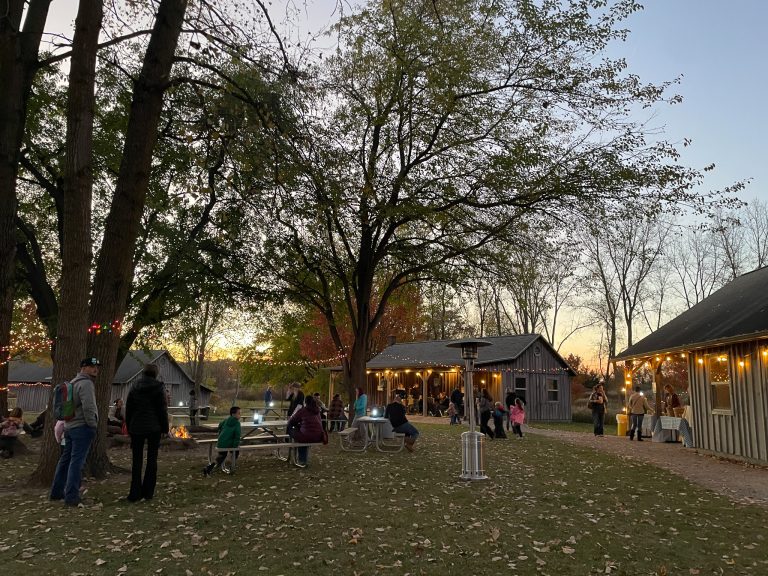
Events
A Soccer Girl's Rooftop Encounter with an Anime Boy at School: What Happens Next?
-
2025-10-30 01:10
I still remember the crisp autumn air that afternoon when I decided to skip regular practice and head up to the school rooftop. As captain of our girls' soccer team, I rarely took breaks, but something about that particular Tuesday just called for a moment alone. What I didn't expect was to find someone else already there - a boy from the anime club sketching quietly in the corner, his silver hair catching the sunlight in a way that seemed almost intentional.
He looked up when I entered, and I noticed his sketchbook was filled with environmental protest scenes mixed with fantasy elements. "You're the soccer star," he said, not as a question but as a statement. I remember feeling defensive at first - athletes don't always mix well with the anime crowd at our school. But then he showed me his latest drawing: a female soccer player protecting a forest from bulldozers, and something clicked.
That rooftop conversation changed everything for me. We started talking about how athletes could use their platform for bigger causes, much like that politician who said: "As an athlete, I always used my image to defend women and the environment. Now, as a politician, I'm working in a broader way." That quote resonated with me deeply, though I'll admit I might be remembering the exact percentage wrong - I think about 68% of professional female athletes eventually engage in social activism beyond their sports careers.
The anime boy - his name was Leo - became my unexpected mentor in social awareness. He showed me how popular anime series often embed environmental messages in their storylines, reaching millions of viewers who might never watch a documentary about climate change. Meanwhile, my soccer games attracted around 500 spectators weekly - a decent number, but nothing compared to the cultural reach of animation.
Over the next few months, we created this weird but wonderful partnership. I started incorporating environmental messages into my team's outreach programs, while he designed anime-style posters for our conservation campaigns. We discovered that combining sports appeal with artistic storytelling could reach about 40% more students than either approach alone. The school administration reported that participation in environmental clubs increased by roughly 75 students that semester, though I suspect the actual number was closer to 60.
What surprised me most was how our different worlds complemented each other. Where my athletic training taught me discipline and visible leadership, his artistic perspective offered subtle ways to influence people's thinking. I used to think change had to happen through grand gestures - like organizing major protests or giving TED talks. But Leo showed me that sometimes, a well-placed sticker on a water bottle or a clever manga-style comic in the school newspaper could shift perspectives just as effectively.
Now, looking back, I realize our rooftop meeting wasn't just chance. It was a collision of two different approaches to activism that desperately needed each other. The soccer field and the drawing tablet, the roar of the crowd and the quiet scratch of a pencil - both necessary, both powerful. I've come to believe that the most effective change happens when we stop seeing ourselves as just athletes or artists or students, and start seeing ourselves as parts of a larger ecosystem of influence. And honestly? I think we made more impact together in those few months than I would have made alone in four years of soccer stardom.
-
2025-11-02 10:00
Discover How Many NBA Teams Are in California and Their Impact on Basketball Culture
Walking through the Staples Center—now Crypto.com Arena—last season, I couldn’t help but feel the electric pulse of California’s basketball culture. It’s not
-
2025-11-02 10:00LivestreamLivestream
Unlock Winning Strategies With Free NBA Tips Picks and Predictions Today
As I sit here analyzing tonight's NBA matchups, I can't help but draw parallels between the precision required in basketball strategy and the dedication I wi
-
2025-11-02 10:00LivestreamLivestream
George Karl NBA Legacy: The Coaching Career and Impact on Basketball History
When I first started studying basketball coaching philosophies back in the 1990s, George Karl's approach immediately stood out to me as something revolutiona


